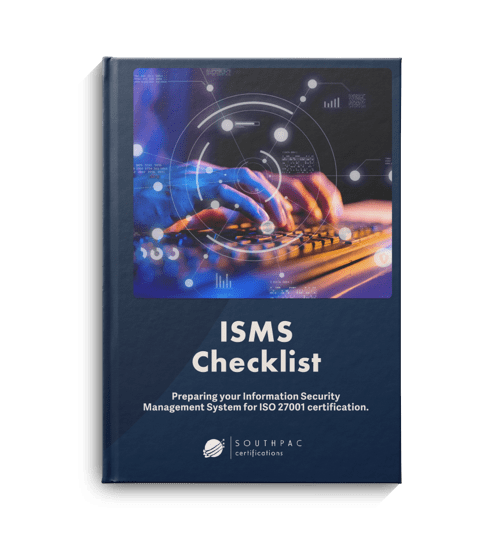

Almost every organisation today will hold or handle the personal or financial information of their customers, as well as storing valuable intellectual property and other sensitive data in a digital environment. When cybercriminals are looking for ways to exploit system vulnerabilities, this data is at risk.
For businesses, a cyber security breach can disrupt operations, resulting in significant financial losses, reputational damage, and legal liability. Importantly, it can severely erode customer trust. To protect against these risks, organisations need to implement robust information security controls.
Effective information security controls are essential for protecting against cyber threats. These controls are designed to prevent, detect, and respond to security incidents. There are several frameworks from Australia, New Zealand and international entities that recommend the information security controls required to address specific risks and threats, including:
Implementing information security controls based on these recommendations can help organisations protect against cyber threats and reduce the risk of security incidents. It is important to note that a business would not be expected to implement every control outlined, but rather it would depend on the size and scope of their operation.
Information security controls are specific measures that are implemented to address specific risks and threats to an organisation, and are typically designed to mitigate or reduce the impact of those risks. However, they are not the same as an Information Security Management System (ISMS).
An ISMS is a comprehensive framework of policies, processes, and procedures that is designed to manage and protect an organisation’s information and IT systems in a systematic and holistic way based on risk management principles. While information security controls are important to have in place, they are only one part of a broader approach to information security.
ISO 27001 certification requires a third party audit of your ISMS to ensure it meets the global standard set by ISO for information security management. It provides a framework to manage, monitor and improve an organisation’s information security in an efficient and effective way.
Many industries and government bodies require compliance with ISO 27001 as a condition of doing business or operating within a particular jurisdiction, so gaining certification can be a requirement for organisations in certain industries, such as healthcare, finance, and government.
It can also provide a competitive advantage, as customers increasingly choose to do business with organisations that are ISO 27001 certified, regardless of the industry.


From Clause 4 to Clause 10, including relevant security controls. Use it to prepare your ISMS for ISO 27001:2022 certification.
